HEALTH WATCH: A closer look at the most common sports-related injury
CalHiSports InsightsMulti-Sport May 9, 2012 SportStars 0
By JASMINE GITTENS | Sports Medicine for Young Athletes
An inversion ankle sprain is one of the most common injuries in sports. About 90 percent of ankle sprains are inversion injuries.
There are three ligaments that may be involved with an inversion ankle sprain; the anterior talo-fibular ligament (ATF), posterior talo-fibular ligament (PTF), and calcaneo-fibular ligament (CF). And there are three types of inversion ankle sprains, Type I, Type II, and Type III.
Of the three types of injuries Type I is the most common. Type I is classified as, little to no tearing of the ATF, mild pain, weight bearing is minimally impaired, point tenderness, and swelling around the outside of the ankle.
Type II is classified as, slight to moderate tear of the ATF; little to no tearing of the PTF, weight bearing is difficult, moderate amount of pain, tenderness and swelling around the ankle joint.
Type III is classified as, a complete tear of the ATF, complete tear of the PTF, complete tear of the CF, weight bearing impossible, severe pain, and extreme amount of swelling.
In all three cases, in the first 24-72 hours RICE (Rest, Ice, Compression, Elevate) is the best therapy to decrease swelling and pain.
Rest: Stay off the ankle if you can. Use crutches if needed. Ice the ankle as much as you can, rotating between 20 minutes of ice and an hour break. Compression: Wear an elastic bandage wrap to help control the swelling in the ankle. Elevate the leg above your heart to help the lymphatic system pull the swelling from the ankle. Athletes should follow up with doctor for an X-ray to rule out a fracture.
Once the pain and swelling are under control, it’s time to start the rehabilitation process. Work on regaining full range of motion in the ankle. Practice tracing out the ABC’s with your foot in the air. The ABC’s will allow the ankle joint to go through all ranges of motion.
Another exercise is to place the heel on the wall and try to tap the wall with your toes. This will allow you to practice full plantarflexion and dorsiflexion. Use a thera-band for resistance, work on all range of motion (ROM) of the ankle. Towel curls are good exercises to work on the smaller muscles in the foot. Standing calves stretch will help keep the lower leg loose.
After full ROM is achieved weight-bearing drills can begin. Start with double leg calf raises then single calf raises. To get the ankle ready to return to play, add single leg balance drills. All exercises and drills must be performed pain free.
To return to play, the athlete should be taped or use a brace for extra support. Keep playing hard, keep playing safe.
Jasmine Gittens is an athletic trainer for Alameda High School who also works with Sports Medicine For Young Athletes, a division of Children’s Hospital Oakland with a facility also located in Walnut Creek. If you have any questions or comments regarding the “Health Watch” column, write the Sports Medicine for Young Athletes staff at Health@SportStarsOnline.com.
SportStars
SportStars Magazine: High School Sports Articles Online SportStars is your go-to source for the very best high school sports articles in California. Player and team profiles, game coverage, health and fitness tips and the largest Camps, Clinics & Combine resource for athletes. We're the story behind the stats.


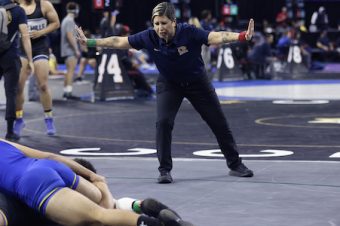

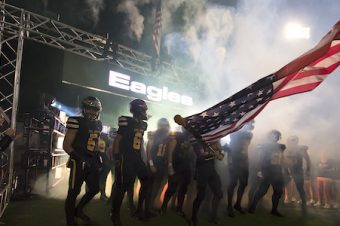
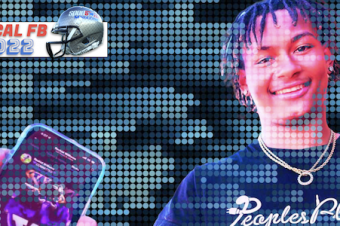
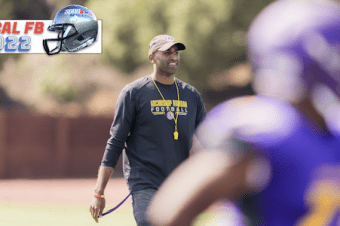
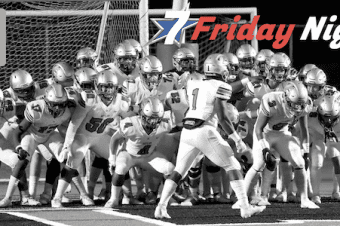
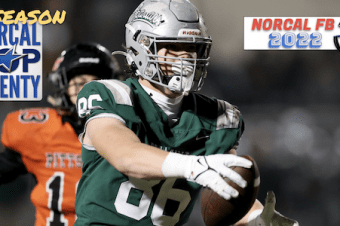
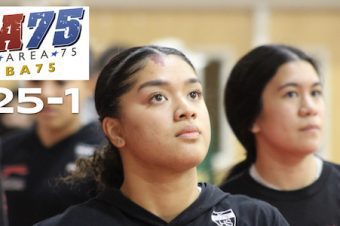
No comments so far.
Be first to leave comment below.